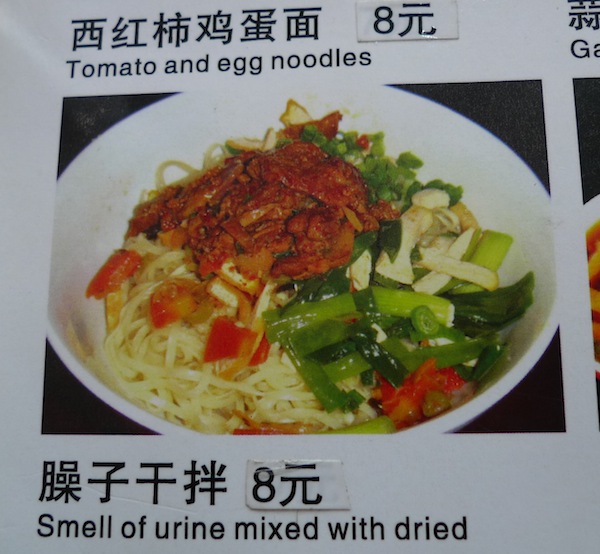Eating out becomes far more intriguing than normal when the menu offers delicacies like “Steal it to the iron” and “Males a la parmesana.” Although it’s often possible to work out the real contents of the dish, many poorly translated menu items are just too obscure to decipher. Thus, deciding which meal you want based on the bizarre names requires both boldness and panache. For example, anyone ordering “Bean curd made by pock-marked woman” or “Husband and wife’s lung slice” has to be willing to risk his or her taste buds on some pretty dubious-sounding unidentified cuisine.
Yet despite the obvious disadvantages, the experience of picking what to eat often ends up being memorable and fun. And although bad translations aren’t a recommended business practice, they can be so entertaining for the clientele that some restaurants apparently even do it on purpose.
While this first description may tempt fans of Iceland’s famous traditional fermented shark dish, “hákarl” (which has an extremely pungent ammonia stench), most of us wouldn’t find it particularly appetizing. And while this kind of fascinating linguistic foible is fairly innocent on a menu, they can actually damage a company’s hard-won professional image.
